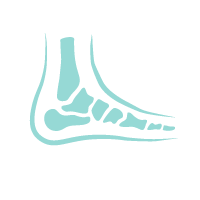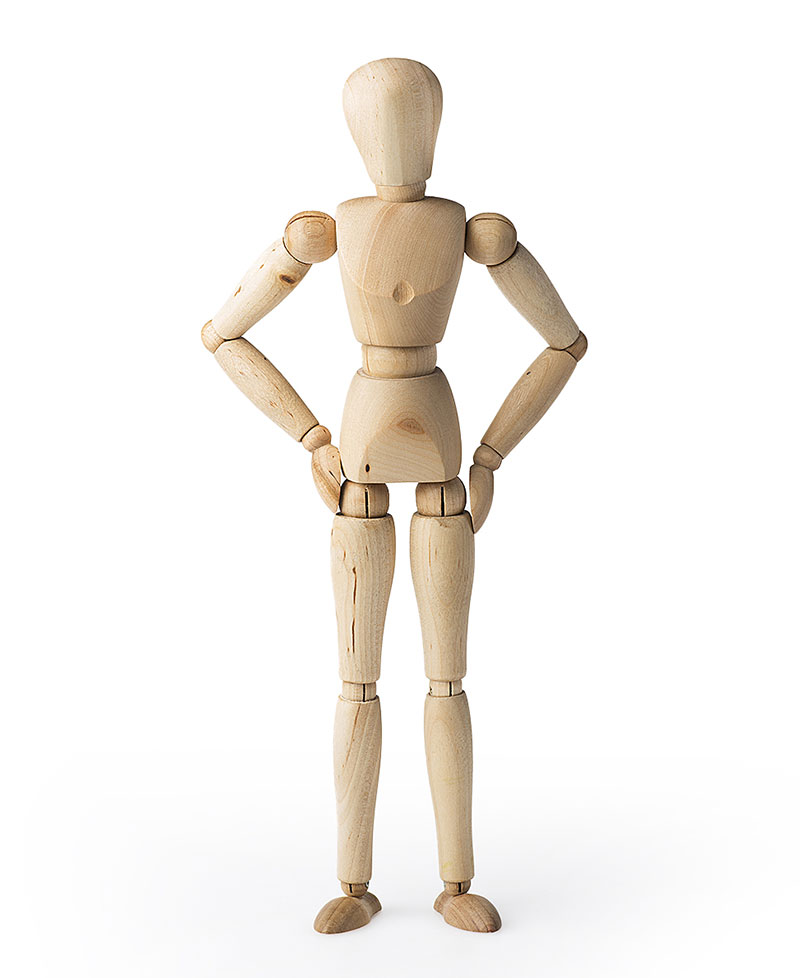Hallux valgus, also called bunion, is a deformity of the big toe. As the deformity progresses, pain arises due to ill-fitting footwear. Depending on the severity of the deformity, insoles or special footwear may be necessary, sometimes surgical correction is the treatment of choice.
This is osteoarthritis of the big toe joint. It causes pain on moving due to joint wear. Pain can arise while walking or even at rest or at night. Depending on symptoms and severity, special insoles can be fitted. In severe cases surgical correction is the treatment of choice.
These are deformities of the toes which cause an aesthetic problem but can also be painful when corns develop in ill-fitting shoes. Depending on the symptoms and severity, insoles or surgical treatment may be necessary.
This is a thickening of the mid-foot nerve and occurs most commonly between the 3rd and 4th toe. The main symptom is burning or electric pain of the forefoot while walking with tight shoes. Typically, the pain eases when taking off the shoes. In severe cases the treatment of choice is surgical treatment.
This can be grouped into upper and lower heel spurs. The lower heel spur often causes inflammation and irritation of the tendinous tissue of the foot sole. It is almost exclusively treated conservatively with stretching exercises, shock-wave therapy, insoles and physical therapy. The upper heel spur is a lot rarer and is normally due to calcification. The upper heel spur causes irritation and pain where the Achilles tendon joins the heel bone.
This is a type of ‘bunion’ at the back of the heel bone, causing irritation and overloading where the Achilles tendon joins the heel bone. It causes pain and swelling. Treatment depends of severity and may be conservative or surgical.
This is a painful irritational state of the Achilles tendon caused by excessive stress. It is typically seen in athletes undergoing intensive running training. Being overweight, having a foot deformity or rheumatoid arthritis may be the cause. Treatment is usually conservative with physiotherapy or shock-wave therapy.
Impingement of the ankle is a limitation of joint movement caused by bony spurs or soft tissue structures. The impingement can be at the front or back of the ankle joint. The treatment of choice is arthroscopic removal of the hindering structures.
The ankle joint is stabilised by three ligaments on the outer side and by one ligament (‘Delta ligament’) on the inner side. Ankle sprains cause injury to one or more these ligaments. The ligaments on the outer side are injured most commonly. Chronic instability is caused by repeated injury and failed or incomplete healing of the ligaments. This can cause repeated ankle sprains, a feeling of instability and pain. The primary treatment is conservative with physiotherapy to increase musculature and muscle coordination. With persistent instability despite physiotherapy, surgical treatment may be necessary.


